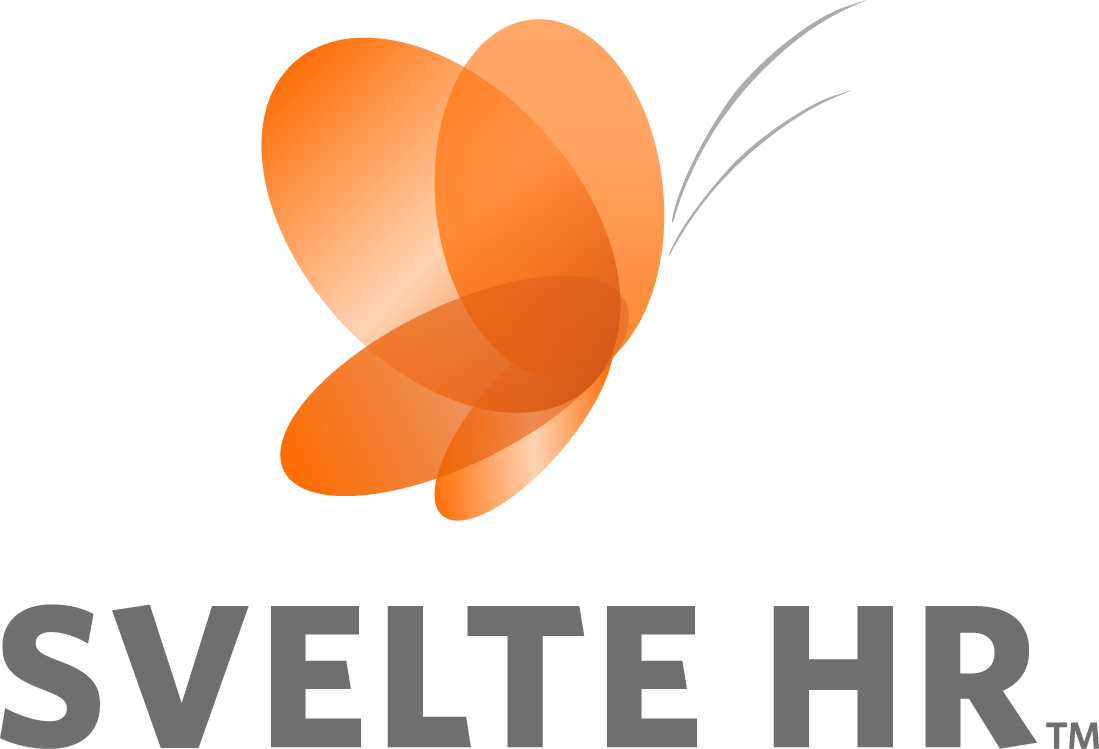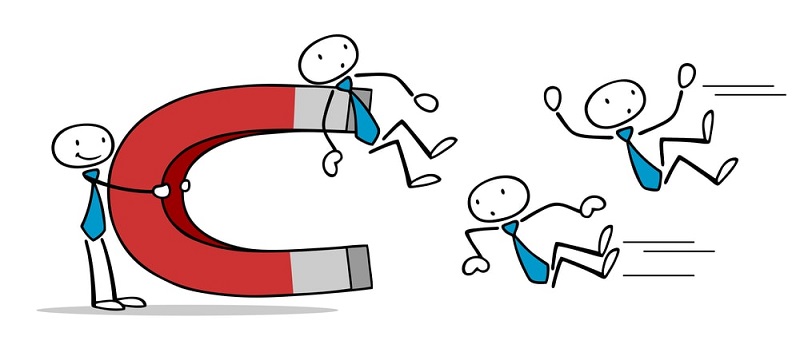“The work is no longer challenging.”
“I got an offer for 20% more than I currently make.”
“My coworkers are great; the boss doesn’t recognize the value of my work and bullies the team!”
“The company does nothing to support my community.”
“I have been here for five years, am a high performer, and there is not a career path for me.”
Sound familiar; like quotes from exit interviews? If you’ve heard statements like these when candidates are headed out the door; you need an intentional retention plan. An improved retention rate won’t happen overnight and it will never be perfect; some amount of attrition is vital to keep ideas fresh and to gain new perspectives. Here are three areas to consider for your ongoing retention plan.
- The Basics.
Think of Maslow’s Hierarchy of Needs. Employers should provide competitive pay and benefits, a physically and emotionally safe work environment and the tools/equipment required to complete tasks. These are tangible, measurable things elemental to retention. Employees can find information about competitive pay; give them the information so they don’t make up their own! Production/performance will decline when computing equipment is slow or hand tools are worn and broken.
Get your basics on an annual plan and talk about it! Write a blurb in the company newsletter, introduce the plan at a stakeholder meeting, ask employees for input. A leading paper company did not achieve one million safe work hours by not talking about safety. Employees of a small firm complained less about benefit cost when data comparing their cost to state and national averages was shared.
- Employee Experience
Google ‘employee experience’ and you will get about 500 million results in less than half a second. It’s a HOT topic and includes many intangible elements. Employees are interested in how their job impacts their community and what their career path might be. They want flexibility; alternative work arrangements that break down the nine to fiver. Their values must align with organizational values. The work life balance phenomenon is blurred, we check our emails at the hockey game and buy hockey tickets while at work. Don’t fight it, develop structures that support the whole person not just the employee.
- Leadership
There are thousands of courses, hundreds of theories, and one way to connect with each employee. Work on figuring that out for every member of your team. Work on self-awareness; what are my biases, what does my behavior communicate, am I developing and recognizing others?
Start with the basics; get the house in order. Then strip away the fluff, the peeling paint, and the barriers. Before you start implement new initiatives, policies, or experience elements, describe the value. If the value is not org wide and sustainable, start over.

